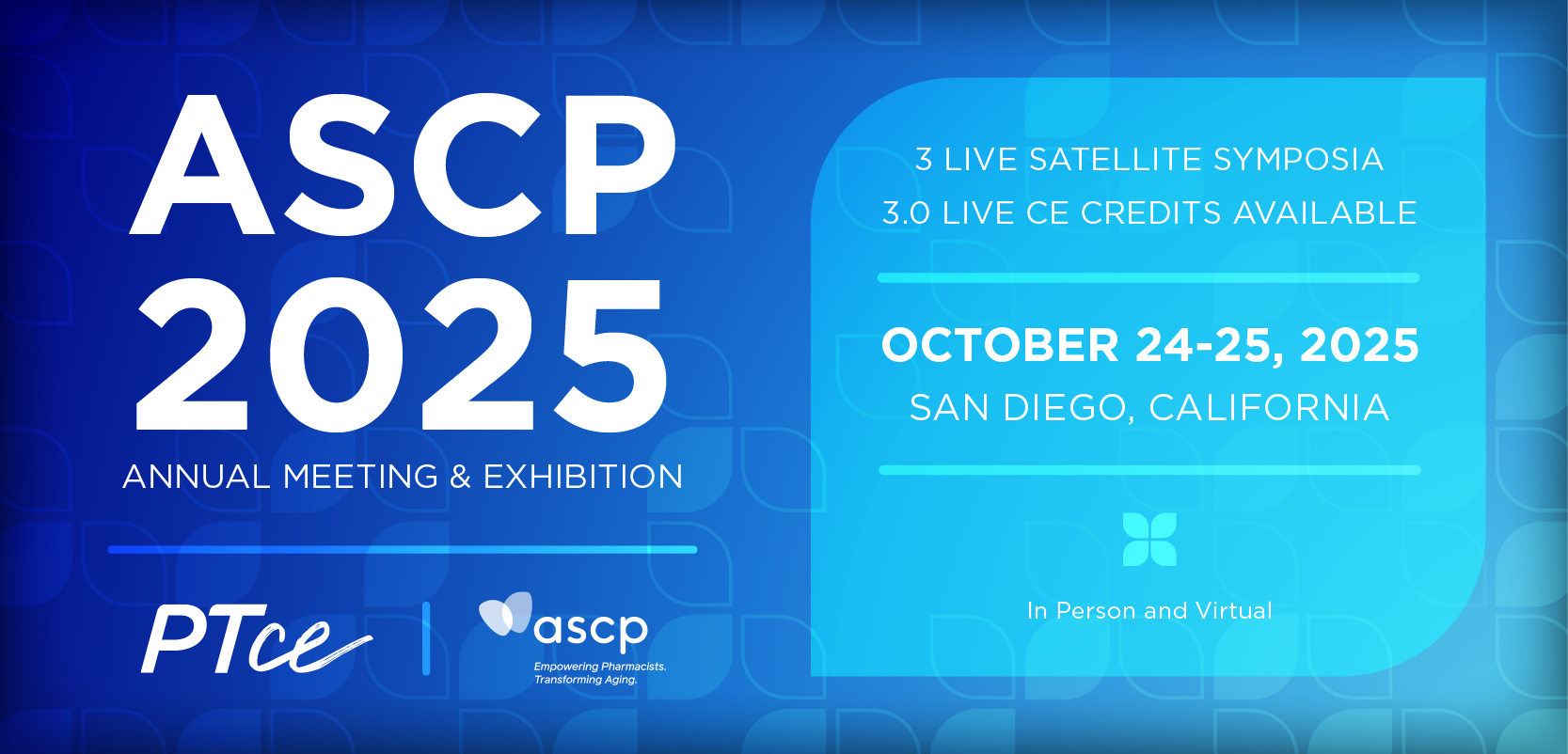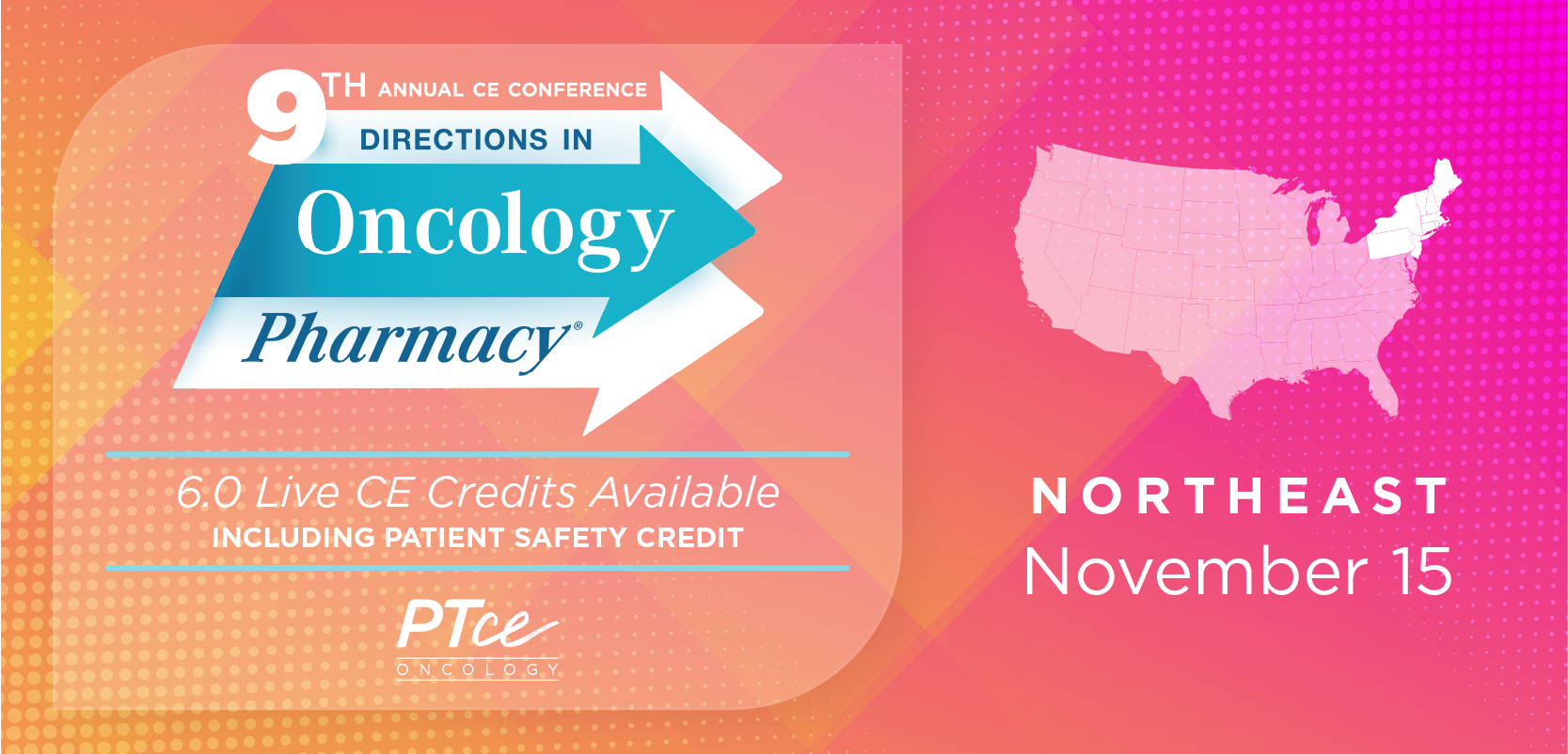
ASH 2021: A New Formulation for Acalabrutinib
Dr Anthony Perissinotti explains the new formulation of acalabrutinib for chronic lymphocytic leukemia presented at ASH 2021.
Episodes in this series

Kirollos Hanna, PharmD, BCPS, BCOP: Now, another exciting thing that’s going on with this is these drugs like to compete with one another. There are drug-drug interactions, and I think 1 of the most notable of the things we learned out of ASH [American Society of Hematology Annual Meeting 2021], the majority of us, is that there could be a reformulation coming. Dr Perissinotti, I think what we saw in ASH is that acalabrutinib [Calquence] might be getting a new product. Do you want to kind of walk us through that a little bit?
Anthony Perissinotti, PharmD, BCOP: Absolutely.I just want to kind of summarize all the things that you have just said and how we’ve sort of progressed through BTK [Bruton tyrosine kinase] inhibitor. Initially, ibrutinib [Imbruvica] was our first-line, first-generation BTK inhibitor. Ibrutinib had some off-target toxicities, as you mentioned: atrial fibrillation, some bleeding, some hypertension, etc. And so the second generations were developed to be more specific for BTK and to have less off-target toxicities. Initially, we only had observational data, that when you cross-trial compared, it looked like, yes, potentially acala [acalabrutinib] and zan [zanubrutinib (Brukinsa)] had less off-target toxicities. And we had pharmacologic evidence that, yes, they do target BTK a little bit more specifically, less off-target inhibition of TEC [tyrosine kinase expressed in hepatocellular carcinoma], ITK [IL2-inducible T-cell kinase], BMX [bone marrow tyrosine kinase on chromosome X], and a variety of other kinases. But now, finally, we have randomized control trial data that you just mentioned, that do in fact show that our second gens are better tolerated. So it kind of begs the question, well, how do we choose between our therapies? At my institution, we still use a lot of ibrutinib, mainly because we’ve been using it for a decade, and we’re just very comfortable using it. However, there are many patients who might have cardiovascular complications already that we are swaying more towards second gens. Other centers have completely abandoned ibrutinib and are only using the second gens based on these new randomized control trials. Even our oncology pathways have completely eliminated ibrutinib and now only acala [acalabrutinib] and zan [zanubrutinib] are within our pathways because of these studies that you just mentioned. So then, it begs the question, well, how do you choose between acalabrutinib and zanubrutinib? And that we have no data on. One of the ways that many clinicians have been choosing is whether or not a patient was on a PPI [proton pump inhibitors] or not. If you had a patient that was on a PPI, they just totally avoided acalabrutinib and would use zanubrutinib. That was never my approach. My approach was always; did my patient need to be on a PPI? Most patients don’t. Most patients can just be on an H2 [histamine 2] blocker and then you can still use acalabrutinib. However, for patients that do need to be on a PPI, the AUC [area under the curve] of acalabrutinib, the concentrations, are reduced by about 50%. You either have to double the dose or make up some kind of dosing for acalabrutinib, or what the investigators did at ASH was they developed a new tablet formulation that helps with the absorption. And so this was a new formulation. It was a phase 1 study and it was an open-label study. There are actually 3 phase 1s with a bunch of crossovers. Ultimately, their goal was to establish bioequivalence of this new tablet with the older capsule formulation. They also wanted to demonstrate bioequivalence in patients that were on a PPI, and they wanted to know what the effects of food were. And what they ultimately showed was this tablet, and they also studied a suspension formulation. So the tablet and the suspension formulation have very similar PK [pharmacokinetics] whether you’re on a PPI or whether you’re taking it with food or not food that had similar PK as the original capsule not on a PPI. I think going forward now, PPI is not going to be a rate-limiting step in the use of acalabrutinib anymore. That’s kind of all the data that we have with our BTK inhibitors. Why don’t we move on to combining our therapies to take the best of both worlds, our venetoclax [Venclexta]-based regimens with our BTK inhibitors and let’s talk about some combos [combinations] and some strategies that we’re utilizing, like fixed duration therapies? As I mentioned earlier, venetoclax with obinutuzumab [Gazyva] is our current standard of care fixed duration therapy. We treat with venetoclax for about a year, and patients come off therapy and they stay off therapy. And what we know from the CLL14 study is that roughly about 80% of patients at 4 years can continue to be treatment-free. That’s kind of our benchmark right now. Multiple studies have been presented at ASH and more updates at ASH that have combined a BTK inhibitor with venetoclax. The first one is the CAPTIVATE study, and this has been published and there have been multiple reports presented of CAPTIVATE. CAPTIVATE is an international phase 2 study that was looking at ibrutinib with venetoclax in patients with treatment-naive CLL. And these were younger patients. They were under the age of 70. It’s a pretty confusing study. They had 2 cohorts, and they broke it up into either a fixed-duration group or an MRD [minimal residual disease]-directed therapy group. So those are your 2 cohorts. Now at ASH, what they reported on this time was not the fixed-duration group cohort, but the MRD cohort. They took the MRD-directed therapy cohort, and what they did is they then split them up further into 2 different cohorts. So patients that became MRD-negative at 10−4 were randomized to either stop therapy or continue ibrutinib. Essentially, the patients that stopped therapy got ibrutinib for 3 months’ lead-in, and then they continued with ibrutinib and venetoclax for another 12 months, so roughly about 15 months of therapy. If you’re MRD-negative, you’re randomized to either stop therapy or continue with ibrutinib by itself. There was another randomization for patients who were MRD-positive. If you’re MRD-positive, you continued ibrutinib indefinitely or you were randomized to the combination for additional time on the combination of venetoclax with ibrutinib. With these results, the group that was MRD-negative, you’ve got pretty much identical progression-free survival rates at 3 years. Both of them were pretty close to 100% of patients that were progression-free. There were really remarkable outcomes for patients who are able to achieve MRD negativity. So it’s an open question right now of do you really need to continue therapy in a patient who achieves MRD negativity. I would argue no. Adding ibrutinib indefinitely in a patient who’s already MRD-negative, clearly based on these excellent PFS [progression-free survival] curves with continuing no therapy, I would argue that you probably don’t need to continue therapy. But what about the high-risk patients, those patients that are MRD-positive after receiving ibrutinib with venetoclax? Would it benefit them to continue on therapy? Unfortunately, we don’t have an arm that just stops therapy, so we’re not going to be able to answer that question. But in this study, what they did was again either randomize to ibrutinib by itself or ibrutinib with venetoclax. If you use the combination, we were more likely to achieve MRD negativity with the combination of ibrutinib with venetoclax compared to ibrutinib. But that being said, progression-free survival rates were still remarkable—97% of patients were progression-free at 3 years.
Transcript edited for clarity.
Newsletter
Stay informed on drug updates, treatment guidelines, and pharmacy practice trends—subscribe to Pharmacy Times for weekly clinical insights.























































































































































































































